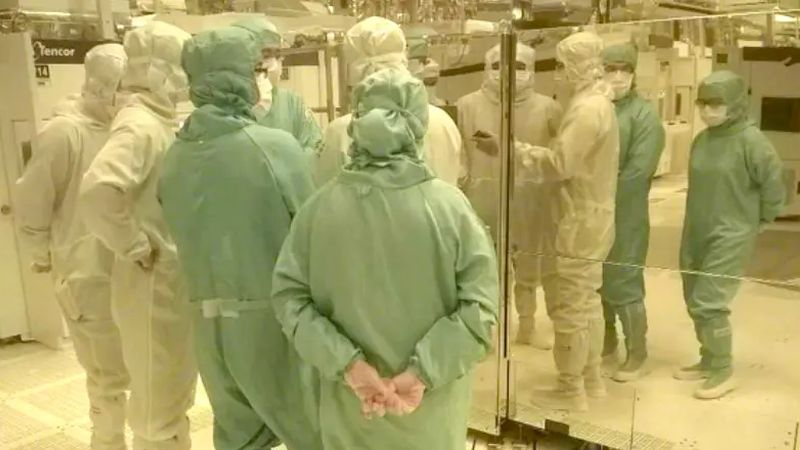Speculation that China’s semiconductor industry is three years behind Taiwan’s in terms of access to advanced lithography standards has been met with opposition from Taiwanese officials, who believe the gap is as much as ten years.

Image Source: TSMC
At the very least, the acting chairman of the Taiwan National Science Council, Cheng-Wen Wu, questioned the statements of some sources that the lag between China and Taiwan in the field of lithography is measured in an interval of three to five years. If the Taiwanese company TSMC, according to him, manages to establish mass production of 2-nm products in 2025, the local semiconductor industry will be at least ten years ahead of the Chinese one.
Such discussions flared up with renewed vigor after it was proven that Huawei’s next flagship smartphone contains a central processor manufactured using 7nm technology. Taiwanese TSMC is already producing chips using 5nm and 3nm technologies, ahead of Chinese SMIC by a couple of generations, and if next year the former masters the production of 2nm products, it will be ahead by three generations at once. At the same time, Chinese manufacturers are hindered from moving forward at the desired speed by sanctions from the United States, the Netherlands and Japan, which limit China’s access to advanced technological equipment. TSMC has been producing 7-nm products since 2018, and the Chinese SMIC has approximately mastered a technical process comparable in characteristics no earlier than 2022. Only in 2023 was serial production of 7-nm Chinese chips launched.